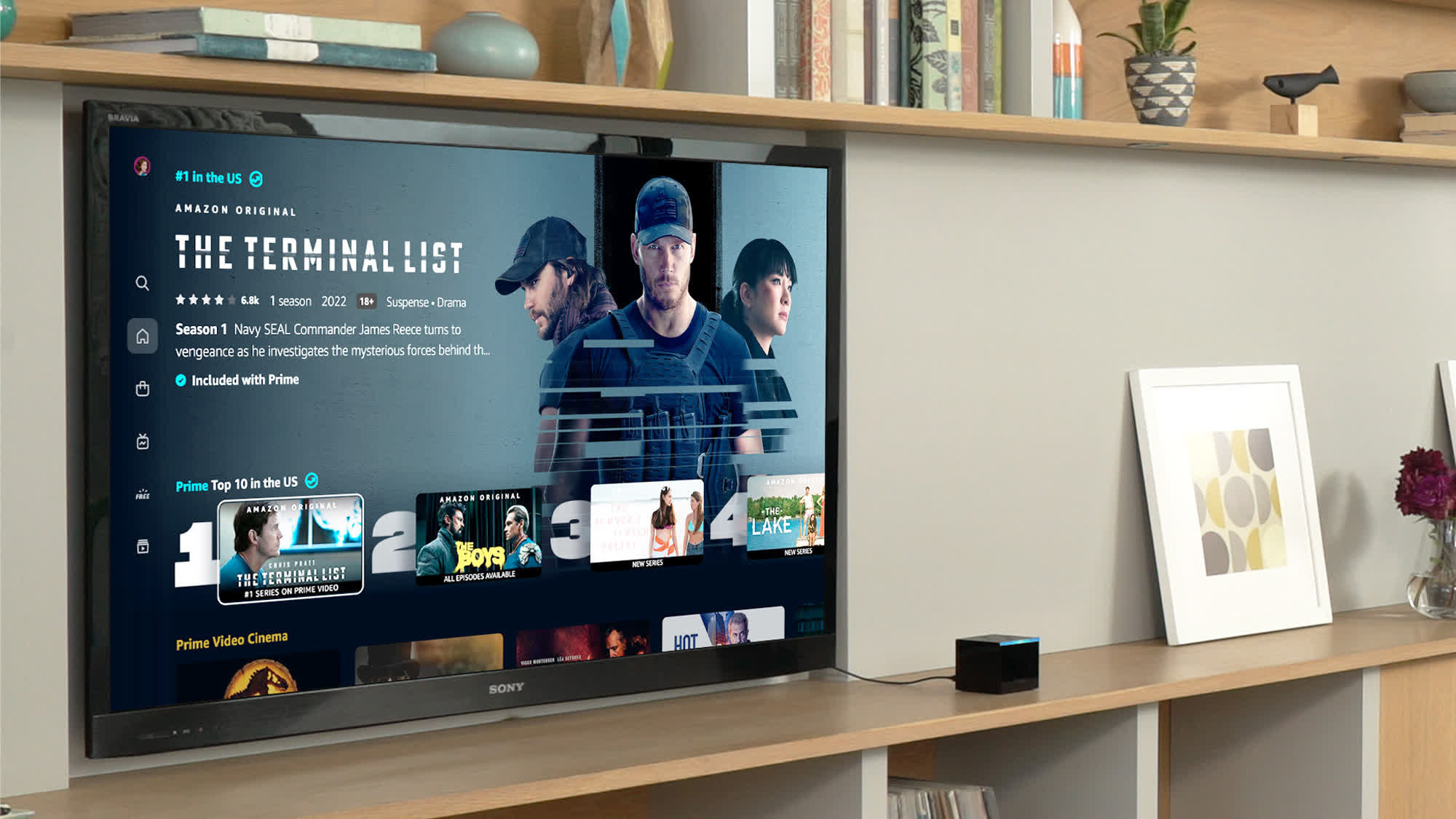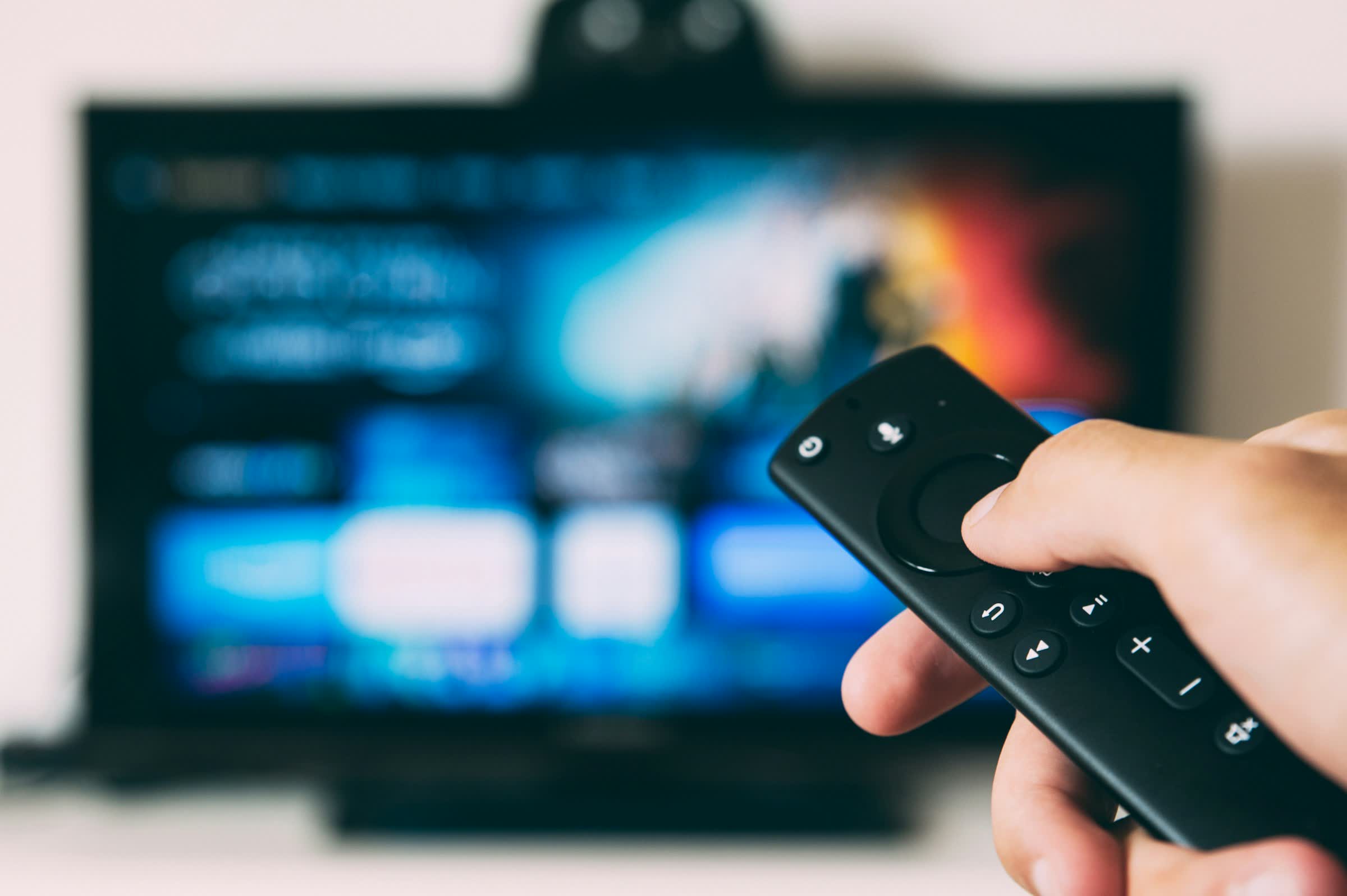A hot potato: Do you feel like Amazon Prime Video has more ads than it used to? It's not your imagination. The streamer has reportedly increased the amount of ads to nearly double the amount it showed when the basic tier became ad-supported.
Amazon promised "limited advertisements" when it announced the controversial change to bring commercials to its Prime service, forcing customers to pay an extra $2.99 on their subscription to remove the interruptions.
The ads arrived on Prime in January 2024 at a rate of two to three-and-a-half minutes every hour. But according to Adweek, which cites six ad buyers and documents reviewed by the publication, that rate has increased to four to six ad-minutes per hour – double the initial load in less than 18 months.
Adweek writes that Amazon had informed investors of the increased ad load but not publicly acknowledged the change to customers. It reportedly told investors in 2024 that it would "ramp up" the volume of ads in 2025.
The number of ads Amazon now runs puts it in the middle of the pack compared to other streamers. Netflix, which charges $7.99 per month with ads, has the fewest per hour, while the likes of Hulu, Tubi, and Paramount+ are at the higher end. They're all still a lot lighter than what you would find on traditional TV, which typically serves between 13 and 16 ad-minutes per hour.
Most of the big streamers have introduced cheaper ad-free tiers for customers to save money at the cost of interruptions. But Amazon made ads the default for those already paying the full Prime membership price of $139 per year/$15 per month, asking for more money to remove them.
Further annoying Prime customers was the revelation that those who don't hand over the extra $2.99 per month also lose access to Dolby Vision HDR and Dolby Atmos surround sound support. This was something that Amazon previously failed to reveal, and seemed like a further punishment for those don't pay more.
In early 2024, subscribers filed a class action in federal court alleging Amazon misled Prime Video users by charging more for an ad-free experience – despite advertising the service as commercial-free. But US District Judge Barbara Rothstein dismissed the lawsuit in February, stating that no binding promise guaranteed perpetual ad-free streaming.
Image credit: Glenn Carstens-Peters

